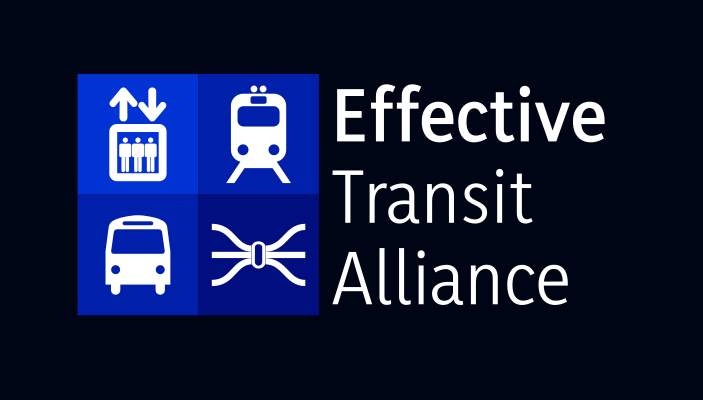While all rail systems require track closures for maintenance and upgrades, management must balance this need with the demands of an all-day service. Maintenance and upgrade work substantially cuts capacity and increases travel times. To the maximum extent possible, this work must take place at night and on weekends when few or no trains are running. Full line shutdowns with reroutings or busing can increase productivity since workers can work unencumbered by any train traffic. Moreover, evidence from abroad suggests that there is ample room to improve the productivity of work windows in general. The Yamanote Line in Tokyo went more than thirty years without any shutdown in service apart from three-to-four-hour nightly maintenance windows without any scheduled trains.
NYC Transit will traverse a learning curve on the way to full line closures. Changing from today’s practice of partial line closures will require a ramp-up of internal coordination, increased bus service, and retraining of maintenance personnel. However, the effort stands to pay off handsomely in higher ridership and reduced operating costs.
Service
People make trips for all sorts of reasons and at all times of the day and week. Accordingly, best transit practice around the world is to maintain a solid baseline of service during as much of the day as possible with boosts during the weekday rush.
Maintenance
In and around New York, one of the main obstacles to strong all-day service is inefficient railroad maintenance.

